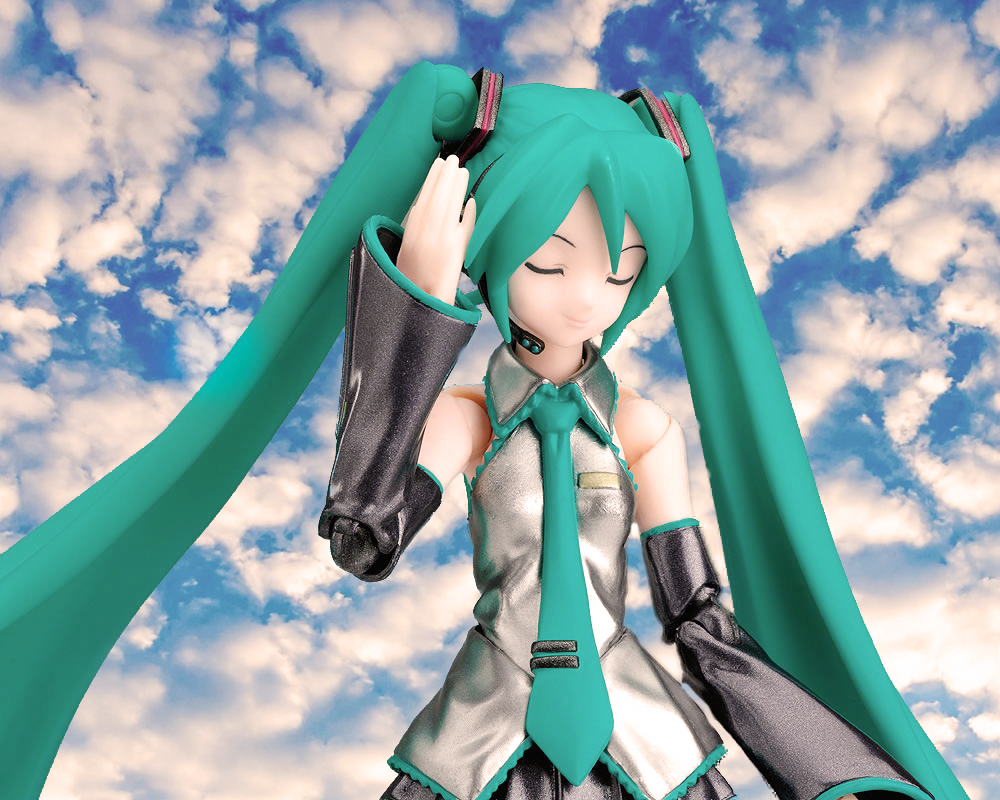Vocaloid Wiki
Hatsune Miku
Hatsune Miku was the first Vocaloid developed by Crypton Future Media after they handled the release of the Yamaha vocal Meiko and Kaito. Miku was intended to be the first of a series of Vocaloids called the "Character Vocal Series" (abbreviated "CV Series"), which included Kagamine Rin/Len and Megurine Luka.
She was built using Yamaha's Vocaloid 2 technology, and later updated to newer engine versions. She was created by taking vocal samples from voice actress Saki Fujita at a controlled pitch and tone. Those samples all contain a single Japanese phonic that, when strung together, creates full lyrics and phrases. The pitch of the samples was to be altered by the synthesizer engine and constructed into a keyboard-style instrument within the Vocaloid software.
Crypton released Hatsune Miku on August 31, 2007. Crypton had the idea to release Miku as "an android diva in the near-future world where songs are lost." Hatsune Miku was released for Vocaloid 3 on August 31, 2013, including an English vocal library. She was the first Vocaloid to be developed by the company, following their commercial release handle of Yamaha Corporation developed vocals "Meiko" and "Kaito", making her the third Vocaloid to be sold commercially by the company.
Nico Nico Douga, a Japanese video streaming website similar to YouTube, played a fundamental role in the recognition and popularity of the software. Soon after Miku's release, Nico Nico Douga users started posting videos of songs created using her sound bank. According to Crypton, a popular video featuring Miku's chibi version, Hachune Miku, singing and dancing to "Ievan Polkka" while spinning a Welsh onion in homage to Loituma Girl's original video (which led to Miku also being commonly associated with spring onions) demonstrated the potential of the software in multimedia content creation.
As Miku's recognition and popularity grew, Nico Nico Douga became a place for collaborative content creation. Popular original songs written by a user would inspire illustrations, animations in 2D and 3D, and remixes by other users. Some creators would show their unfinished work and ask for ideas.
"Singing Articulation" is explained as "vocal expressions" such as vibrato and vocal fragments necessary for singing. The Vocaloid and Vocaloid 2 synthesis engines are designed for singing, not reading text aloud, though software such as Vocaloid-flex and Voiceroid have been developed for that. They cannot naturally replicate singing expressions like hoarse voices or shouts.

